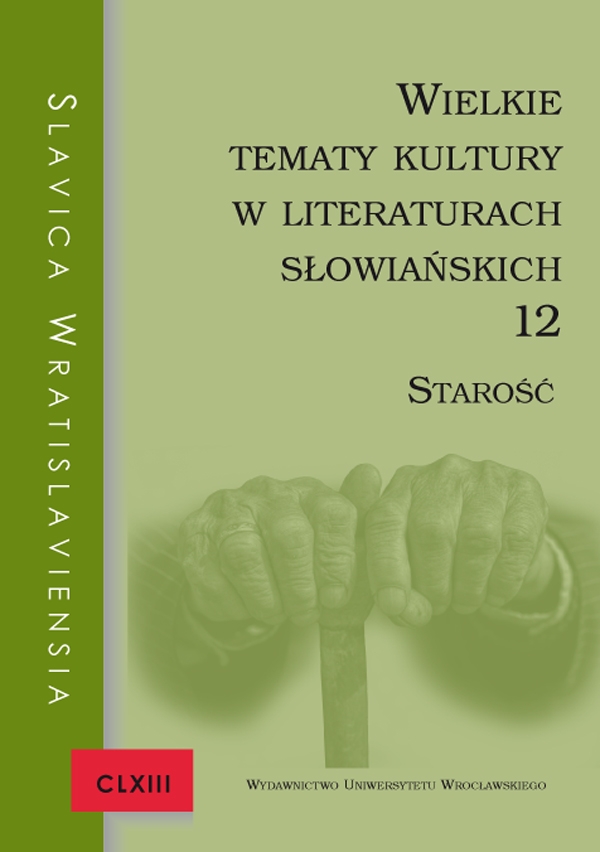

Artykuły

The folk image of old age as a cultural code
Folklore image of old age is a cultural code of the whole epoch. The ontogeny of the concept and its artistic expression reflects the mental and temporal characteristics of culture. Russian fairy tales, songs, proverbs allow us to study the phenomenon of old age as an important element of traditional and modern culture.
The research is based on M.S. Kagan’s the phases of the life cycle concept. The author identifies three persons of old age in a traditional society: the sacredness as mastering of irrational principles, mystical experience; wisdom as a form of participation of the older generation in the cultural development and experience as the transmission of cultural values to young people.
These issues are considered on a material of Russian proverbs, riddles and fantastic images. Taking the types of crops on the basis of interaction between generations by M. Mead’s concept, the author builds a typology of cultures in relation to age: postfigurative culture, when old age is an important part of life and mythology; cofigurative culture considers aging — respectable but incompetent age, prefigurative culture reinforces the fear of old age and its rejection.
Folklorystyczny obraz starości jako kod kulturowy
Folklorystyczny obraz starości stanowi kod kultury. Ontogeneza pojęcia i jego artystyczna realizacja odzwierciedlają mentalne i tymczasowe cechy kultury. Rosyjskie bajki, pieśni, porzekadła stanowią dobry materiał do badania starości jako ważnego elementu dawnej i współczesnej kultury.
W oparciu o koncepcje Moiseja Kagana, autorka wyodrębnia trzy przejawy starości w społeczeństwie żyjącym w oparciu o normy tradycyjne, mianowicie: sakralność jako sposób opanowania sfery irracjonalno-mistycznej, mądrość rozumianą jako forma udziału starszego pokolenia w kulturze i doświadczenie jako transfer wartości kulturowych, skierowany do młodzieży.
Wymienione problemy są rozpatrywane w oparciu o rosyjskie przysłowia, zagadki i obrazy bajkowe. Przyjmując za podstawę typy kultur Margaret Mead, oparte na interakcji pokoleniowej, autorka artykułu tworzy typologię kultur w odniesieniu do starości: kulturę postfiguratywną, w której starość jest ważną częścią istnienia i mitologii; kulturę kofiguratywną, w której starość jest wiekiem szanowanym, ale niezdolnym do działania, i kulturę prefiguratywną, cechującą się nasileniem strachu przed starością i jej odrzuceniem.